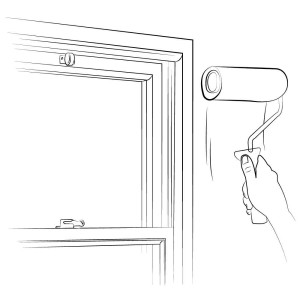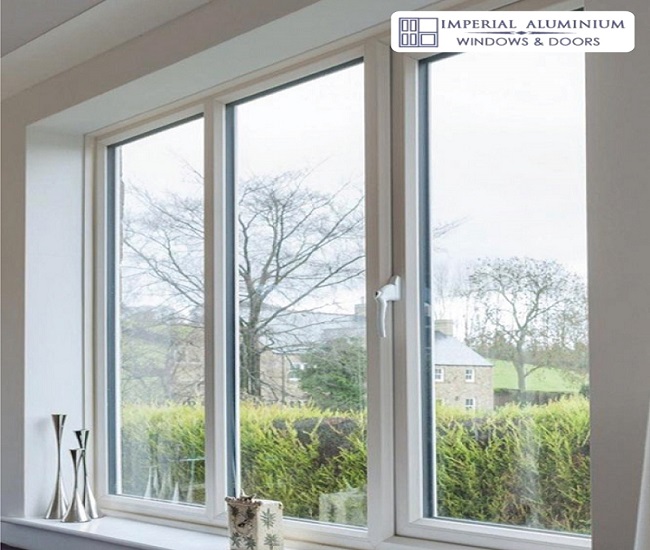All Categories
Featured
Table of Contents
Why Is Double Glazing So Important In Winter? in Tapping Western Australia
Glazing just implies the windows in your home, including both openable and fixed windows, in addition to doors with glass and skylights. Glazing actually simply implies the glass part, however it is generally utilized to refer to all elements of an assembly consisting of glass, films, frames and home furnishings. Paying attention to all of these elements will assist you to accomplish effective passive design.

Energy-efficient glazing makes your house more comfortable and considerably reduces your energy costs. Nevertheless, unsuitable or inadequately developed glazing can be a significant source of undesirable heat gain in summer season and considerable heat loss and condensation in winter. As much as 87% of a home's heating energy can be gained and up to 40% lost through windows.
4 Benefits Of Double Glazed Windows In The Summer in Subiaco WA
Glazing is a significant financial investment in the quality of your home. A preliminary investment in energy-efficient windows, skylights and doors can significantly decrease your yearly heating and cooling expense.

This tool compares window choices to a base level aluminium window with 3mm clear glass. Understanding some of the crucial homes of glass will assist you to select the finest glazing for your house. Secret residential or commercial properties of glass Source: Adapted from the Australian Window Association The amount of light that goes through the glazing is referred to as noticeable light transmittance (VLT) or noticeable transmittance (VT).
Keep Cool This Summer Without Overusing Your Aircon. in Cottesloe WA
This might lead you to turn on lights, which will lead to higher energy expenses. Conduction is how readily a material performs heat. This is referred to as the U value. The U worth for windows (revealed as Uw), explains the conduction of the whole window (glass and frame together). The lower the U worth, the higher a window's resistance to heat circulation and the much better its insulating worth.
For instance, if your home has 70m2 of glazing with aluminium frames and clear glass with a U worth of 6. 2W/m2 C, on a winter's night when it is 15C chillier outside compared to inside, the heat loss through the windows would be: 6. 2 15 70 = 6510W That is comparable to the total heat output of a large space gas heating system or a 6.
Double Glazing Australia Blogs in Doubleview WA

If you choose a window with half the U value (3. 1W/m2 C) (for example, double glazing with an argon-filled space and less-conductive frames), you can halve the heat loss: 3. 1 15 70 = 3255W The solar heat gain coefficient (SHGC) for windows (revealed as SHGCw) determines how readily heat from direct sunshine flows through a whole window (glass and frame together).
The lower a window's SHGC, the less solar heat it transmits to your house interior. Glazing manufacturers declare an SHGC for each window type and style. Nevertheless, the actual SHGC for windows is affected by the angle that solar radiation strikes the glass. This is called the angle of incidence.
Benefits Of Replacing Double Glazing Windows In The Summer in Murdoch WA
When the sun is perpendicular (at 90) to the glass, it has an angle of occurrence of 0 and the window will experience the maximum possible solar heat gain. The SHGC declared by glazing manufacturers is constantly determined as having a 0 angle of occurrence. As the angle increases, more solar radiation is reflected, and less is sent.
Latest Posts
Faq in Bedfordale Perth
What Are Double Glazed Windows? - Build in Duncraig Western Australia
Single Glazed Vs Double Glazed Windows - Ultimate Guide in Kensington Perth